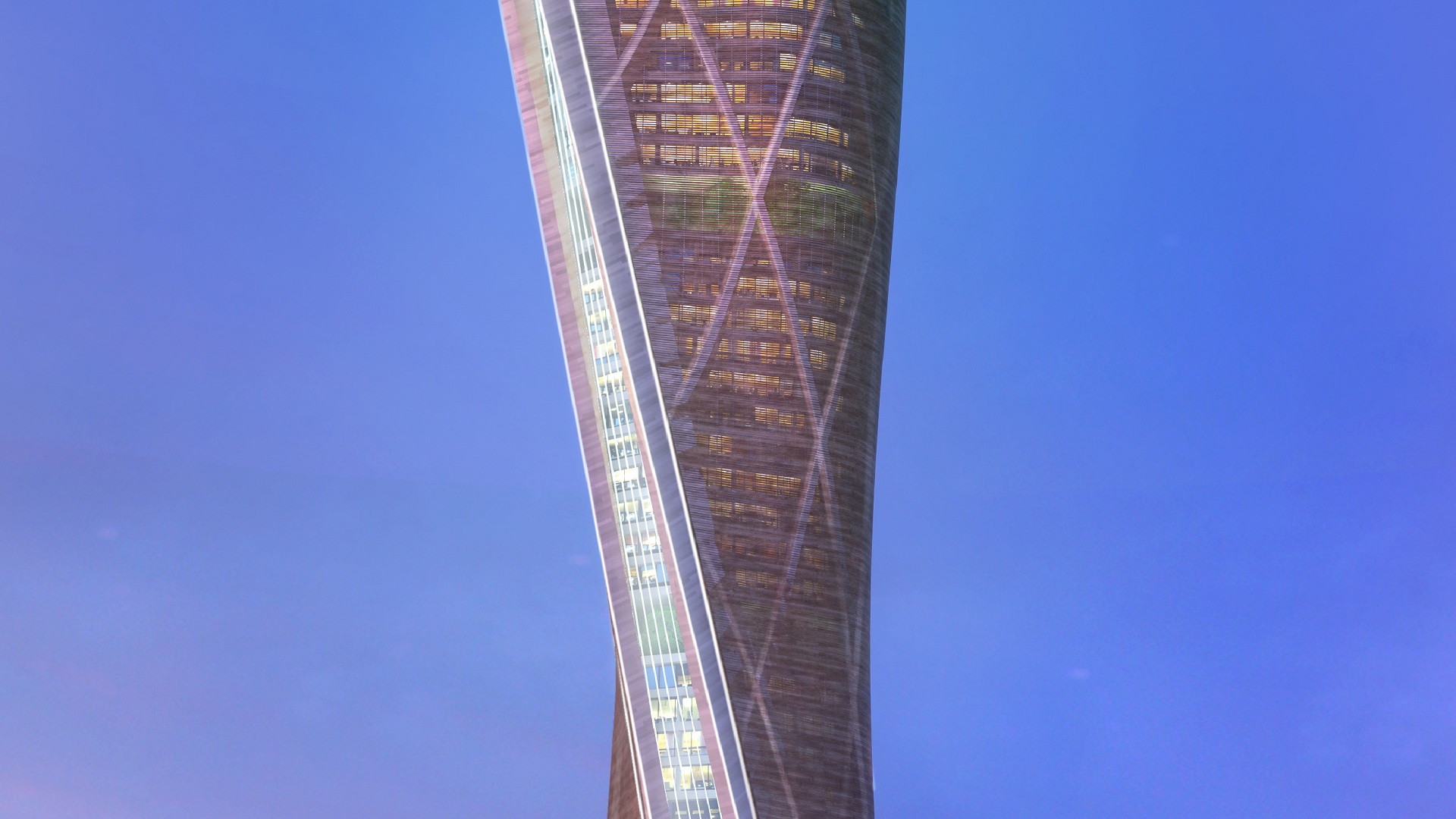Bracing systems, in the design and construction of steel buildings, represent an optimised structural solution that provides both overall strength and lateral stiffness. These systems began to be used in the 19th century in the design and construction of bridges and industrial buildings. However, in the 1960s, seismic resistance criteria were implemented that favoured the generalisation of their use in architecture and construction. From that time on, the most commonly used configurations were the cross (illustration (a)), the diagonal (illustration (b)), the v-configuration (as illustrated (c)), and the inverted v-configuration (as illustrated (d)).
Amusement Logic follows these design and construction criteria, both in the metal access towers for the attractions it builds and supplies, and in other types of constructions for which it provides structural calculations and details. However, our design and construction configurations not only respect structural criteria, but also functional, economic and aesthetic requirements.


By Jean Carlos Soto Vásquez, structural technician in Amusement Logic’s Architectural Dept.






